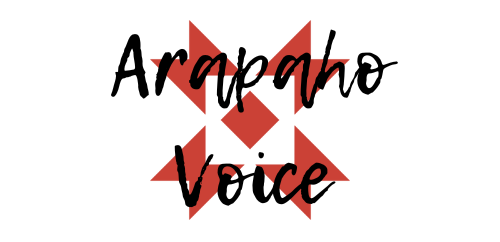How to speed up the BIA probate process
One of the hardest things about BIA probates is how long it takes the federal government to complete the process.
But you can help shorten that time for your clients by giving the Bureau of Indian Affairs (BIA) the materials it needs to start the process.
Once you gather the client documents and information (listed below), send them to the local BIA office. The BIA will forward the file to the federal Office of Hearings and Appeals (OHA), which is the agency that handles probate cases involving Indian trust or restricted land by applying the American Indian Probate Reform Act (AIPRA).
1. a copy of the decedent’s obituary. This can be a newspaper clipping or a printout from a newspaper website.
2. a certified copy of the decedent’s death certificate, or, if a death certificate does not exist, an affidavit containing reliable evidence of death;
3. a copy of the decedent’s original estate plan or will if they had one [call the BIA for instructions on how to send these documents to the agency];
4. any will revocations or codicils [call the BIA for instructions on how to send these documents to the agency];
5. the decedent’s Social Security number;
6. the tribe where the individual was enrolled if they were enrolled;
7. the individual’s tribal enrollment number;
8. copies of the decedent’s marriage licenses and certificates [copies are fine; you do not need the original documents];
9. copies of the decedent’s divorce decrees [copies are fine; you do not need the original documents];
10. the decedent’s aliases, if any;
11. orders requiring payment of child support or spousal support [copies are fine; you do not need the original documents];
12. adoption and guardianship records concerning the decedent or their heirs or beneficiaries [copies are fine; you do not need the original documents];
13. the names and addresses of the decedent’s heirs (usually the decedent’s spouse and children) and beneficiaries (beneficiaries are people named in the decedent’s will);
14. the names of the tribes where the heirs and beneficiaries are enrolled (if they are enrolled) and their enrollment numbers;
15. any sworn statements about the decedent’s family, including statements about paternity;
16. birth certificates for the decedent’s children, and death certificates for any children who are no longer living;
17. proof that potential heirs or beneficiaries are within two degrees of consanguinity of an “Indian.” [This means proof that the heir or beneficiary had at least one enrolled Native American grandparent.]
18. any statements renouncing an interest in the estate, and the names of people or entities in whose favor the interests were renounced;
19. a list of known creditor claims, including copies of any court judgments against the decedent or their estate.”

.png)
No comments:
Post a Comment